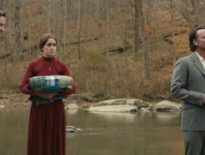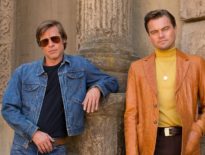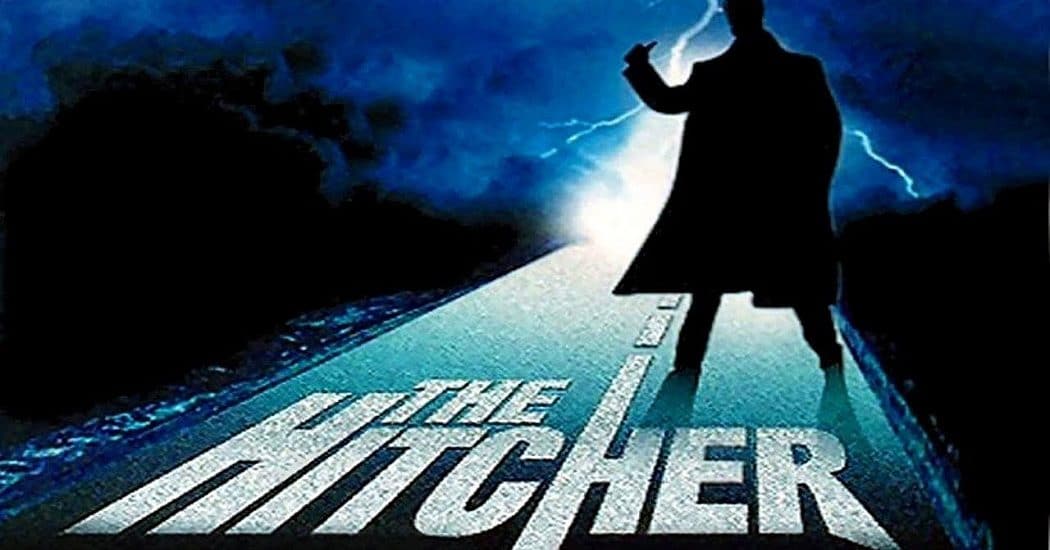
Cinema Fearité presents 'The Hitcher'
Cinema Fearité pays tribute to one of the most beloved movie villains in history by taking a look at the late Rutger Hauer in 'The Hitcher.'
Last week, Hollywood suffered yet another tragic blow with the untimely passing of Rutger Hauer. Hauer was a prolific character actor who showed up in everything from Hobo With a Shotgun to The Sisters Brothers, but he is most often remembered by cinephiles as the villain in Blade Runner (“like tears in rain”). Horror fans, however, know him most fondly as the big baddie in the 1986 road thriller The Hitcher.
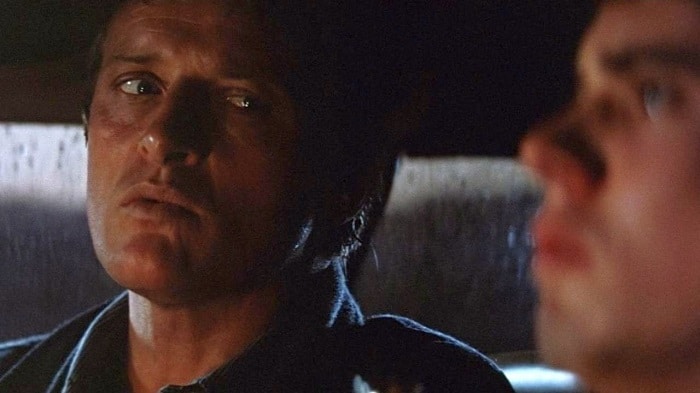
The Hitcher is about a young man named Jim Halsey (C. Thomas Howell from The Outsiders) who is being paid to drive a client’s car from Chicago to San Diego. He finds himself fatigued by the trip, so he picks up a hitchhiker named John Ryder (Hauer) to keep him company on his journey. Predictably, but also unfortunately, his passenger winds up being a serial killer. Jim initially escapes Ryder’s clutches, but goes from the frying pan into the fire when the hitcher frames him for a series of his own murders. The only person who believes Jim’s wild story is a truck stop waitress named Nash (Jennifer Jason Leigh from The Hateful Eight and Annihilation), but her allegiance puts her in the crosshairs of the killer as well.
If you’ve ever wondered what Duel would be like if Spielberg had actually given the villain a face, that’s The Hitcher. Director Robert Harmon (They, Nowhere to Run) works the Eric Red (Near Dark, Body Parts) script into a tense exercise in paranoia and anxiety. At its root, it’s a road movie, but there’s much more to it than just cat and mouse car games. The Hitcher is the kind of movie that frustrates the viewer in the best way possible; they just can’t believe that these things are happening to the protagonist, and there’s nothing anyone can do about it. And whenever the hero seems to be making some headway, the villain shows back up again to ruin it all.
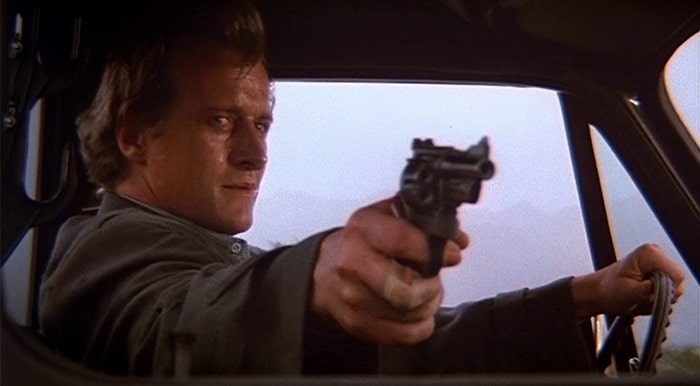
And as that villain, Rutger Hauer is incredible. Hauer made a healthy career out of playing villains that were always more charismatic than the leads in his films, and The Hitcher is no exception. The combination of Hauer’s rugged good looks and his sadisticly emotionless line delivery creates the perfect foil to Howell’s naïve “aw, shucks!” Jim. No one is rooting for Ryder, but they’re always interested in what he’s doing, and his ingenious conniving paired with his Jason Voorhees-esque determination makes him a ton of fun to watch, even when the viewer knows that he’s destined to lose in the end. Or is he?
A movie like The Hitcher is, obviously, going to have some first-rate stunt work. Since much of the movie takes place on the open road, stunt coordinator Eddy Donno (Grotesque, Con Air) and stunt driver Tommy J. Huff (Maximum Overdrive, Jason Goes to Hell: The Final Friday) have a field day with the car chases…and the car crashes. Sure, most of the wrecks defy physics, and things explode in the film that never would in real life, but no one watches a movie like The Hitcher for the realism. When two police cruisers and a helicopter are chasing a third stolen cop car while bullets and buckshot are flying everywhere, something’s gotta blow up. That’s movie magic. And that’s what the stunt team in The Hitcher provides.
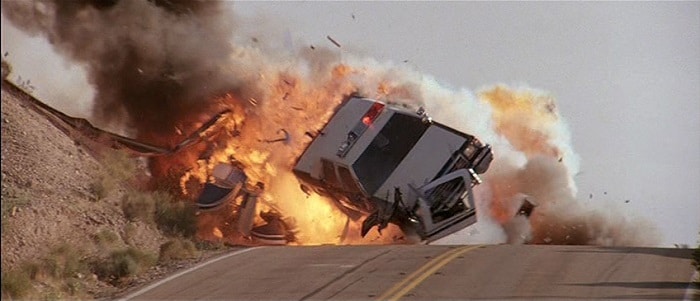
Speaking of stuff blowing up…The Hitcher was shot by cinematographer John Seale, who also shot Mad Max: Fury Road, but only after winning an Oscar for his work on The English Patient (to be fair, Mad Max: Fury Road also nabbed him an Oscar nomination). Aside from the road scenes, which are pure adrenaline, Seale takes a more subtle approach with the photography on The Hitcher. Lighting-wise, Seale goes from the rainiest of nights to the brightest of days effortlessly, and all without jarring the audience’s sense of continuity. The shots are layered and textured, with much of the action occurring in the slightly out of focus sections of the foreground or background. It keeps the audience on its toes. Every little bit of motion within the frame begs the question “does this matter?” and usually, Seale’s answer is “yes, it does.”
The music in The Hitcher is notable as well. The score was composed by new age musician/electronic music pioneer Mark Isham (Fire in the Sky, Crash). Isham is both a trumpeter and a keyboard synthesist by trade, so the soundtrack is a slick mixture of ambient jazz and pulsing techno. It all sounds a bit like the music from a television action show from the same mid-eighties era, or perhaps the theme from, coincidentally enough, HBO’s “The Hitchhiker” series. It’s a driving score for a driving movie, only letting up every so often when it feels the need to come up for air.
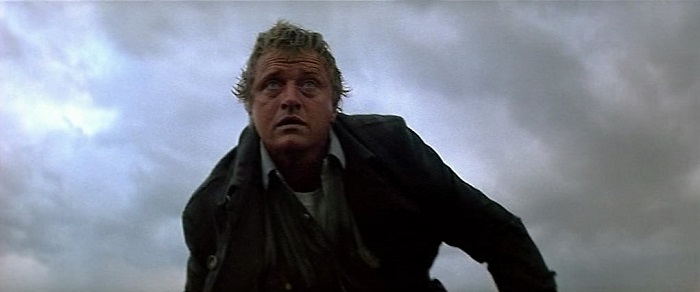
Few actors have commanded the screen in the same way that Rutger Hauer has. He became the character that audiences loved to hate; even in the rare movies where he played the good guy, his heroes were temperamental badasses, more anti-heroes than typical protagonists, which made them all the more memorable. He elevated every film in which he appeared. And that includes The Hitcher.
